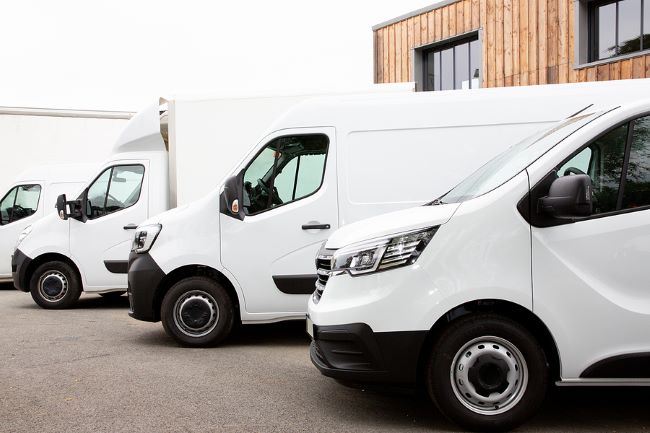State of Commercial Auto Insurance

Over the past several years, commercial auto insurance rates have risen due to inflation, lower deductible requirements, and higher litigation, repair, and medical costs. According to the Commercial Property/Casualty Index from the Council of Insurance Agents & Brokers (CIAB), commercial auto coverage premiums saw an average increase of 8 percent in the last quarter, following 29 consecutive quarters of premium increases.
In addition, 2016 to 2021 saw a 35-percent increase in the average closed claim payments in commercial auto liability, thanks to more favorable jury verdicts and larger settlements. The more attorneys assist in claims, the greater the potential loss to commercial auto insurers.
Why Are Commercial Auto Insurance Rates Going Up?
Distracted Driving. Distracted driving caused by smartphones, GPS systems, and other in-vehicle devices is one of the leading causes of rising commercial auto loss costs. According to the 2019 Distracted Driving Risk Index study by Travelers Insurance, 77 percent of drivers have made or taken calls while driving and 31 percent of drivers have reported near-missed crashes due to distracted driving.
Rising Bodily Injury Loss Costs. According to the Institutes Knowledge Group (a leading nonprofit risk management and education provider), the average cost of bodily injury claims has increased by 32 percent over the past nine years.
Increased Litigation. According to the Institutes Knowledge Group, an increasing number of commercial auto insurance claims are supported by legal representation. This has affected rising claimant medical expenses.
Inexperienced Drivers. According to the National Safety Council, the average cost of vehicle accident losses is $70,000. Due to a shortage in commercial operators, many companies are turning to inexperienced workers to fill the void.
How Do I Take Control of Rising Commercial Auto Insurance Rates?
There are many ways you can control rising commercial auto insurance rates.
Evaluating Vehicle Type and Usage. One of the biggest factors in determining commercial auto premiums is the make and model of fleet vehicles. Underwriters determine rates by reviewing publicly available information about your vehicles’ safety and assessing your fleet use. Vehicles with service use in dense urban areas receive higher commercial auto insurance rates than those for retail use in rural areas.
Creating a Distracted Driving Policy. Creating a formal, written distracted driving policy for your business may reduce your commercial auto liability risk. Your policy should highlight distracted driving hazards, such as looking at photos or videos, using social media, and checking a GPS. Ask every employee to acknowledge your distracted driving policy in writing and communicate the policy regularly to promote safe driving practices.
Improving Driver Screening. Your business’s bottom line is highly dependent on driver talent and safety compliance. Incorporate screening standards into your organization by verifying past work history, certification, and safety records and by conducting thorough background checks. Expect higher premiums for drivers with a history of moving violations.
Installing Telematics. Using a vehicle telematics system to assess driver behavior can uncover unsafe behavior, allowing the opportunity to correct the behavior before it results in a claim. Use telematics systems, in-vehicle cameras, and similar devices to capture data about hard braking and aggressive acceleration, sudden lane changes, and speeding. Before installing a vehicle telematics system, inform your employees. Explain what it is, why it’s being used and encourage your drivers to ask questions.
Reviewing Your Policy with Your Broker. You can lower your commercial auto insurance rates by reviewing your policy terms carefully with your insurance partner. It may make sense to raise deductibles or make other adjustments to your policy terms.
Contact the team at BNC Insurance for guidance on how commercial auto risks may affect your policy.




